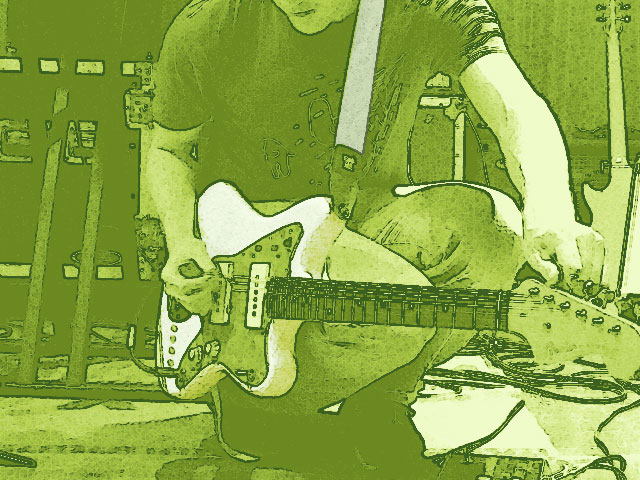- Published May 28, 2013 in On Stage
In a perfect world, your mix on stage would sound like the control room of a million dollar studio. But if that ain’t happening, try these tricks to improve the situation.
Maybe you missed sound check. Maybe the stage is hollow and the back wall is a giant bass trap. Or maybe the sound guy just plain sucks. Whatever the reason, one thing's for sure: the show must go on. And, unless you’re already a died-in-the-wool diva, you don’t get to hold up the whole thing until your monitor mix is absolutely perfect.
When your turn comes; when you have to get up there and put on a great show no matter what, there are a few tricks you can pull to counteract a truly terrible sound on stage.
Vocals: Try an ear plug.
Whether it’s because the drums are too damn loud or the monitor never sounded good, even 90 years ago when it was first made, there are times when it becomes almost impossible to bring out a truly great vocal performance and connect with the audience.
When in doubt, try putting an earplug in one ear. You’ll notice the effect right away. It’s the unmistakable sound of your own voice rattling around inside your head. And, while it may feel weird at first, no matter how loud the band is, you’ll always be able to hear the pitch of your own vocals so you can keep it on key.
Keep one ear open so you don’t lose touch with the band, and so you can stay connected with the timbre of your voice as it comes back to you from the speakers in the room.
Guitar & Bass: Go to 11.
If you’re lucky enough to have a good sounding amp on stage, do your best to dial in a great sound and lose yourself in it. Keep in mind that this may not happen the way it usually does. Though you may always have the bass in one place, the mids in another, in a live situation everything changes.
You’ll need to take the sound that’s happening around you into account and set your amp relative to it. For instance, if there’s a swirl of low end on stage, your usual EQ isn’t going to cut it. In this case, dial in more mids and highs to give some definition to that womp-womp sound you’re making.
As nice as it is to blow away all other sounds on stage, remember to be sensitive to the others up there with you. They might be having a rough time too. And the last thing they need is a wall of sound from you when they’re struggling to find some inspiration.
Drums: Less is more.
Let’s face it, you’re probably the loudest thing on stage. And the harder you hit, the more everyone turns up. The point of diminishing returns is sure to follow and pretty soon no one can hear what they’re doing and everyone sounds like crap.
Your first step is to pull back on the volume without losing the intensity and depth of your groove. Concentrate on dynamics, making sure you can hear each instrument. The more sensitive you are to the full sound of the band, the better you’ll be able to control your volume in the right moments.
Switching to Hot Rods can also help. They might not feel as good as sticks, but they’ll let you swing harder so you can put your whole body into the rhythm without dominating the mix.
Put on a brave face.
Remember, the audience is looking to you for a good time. And if you seem distant and distracted, they’ll feel that way too. Every performance is an opportunity to connect with new fans and get a step closer to your dreams. So keep your ears open, work the situation no matter how bad it is, and put on an awesome show.

